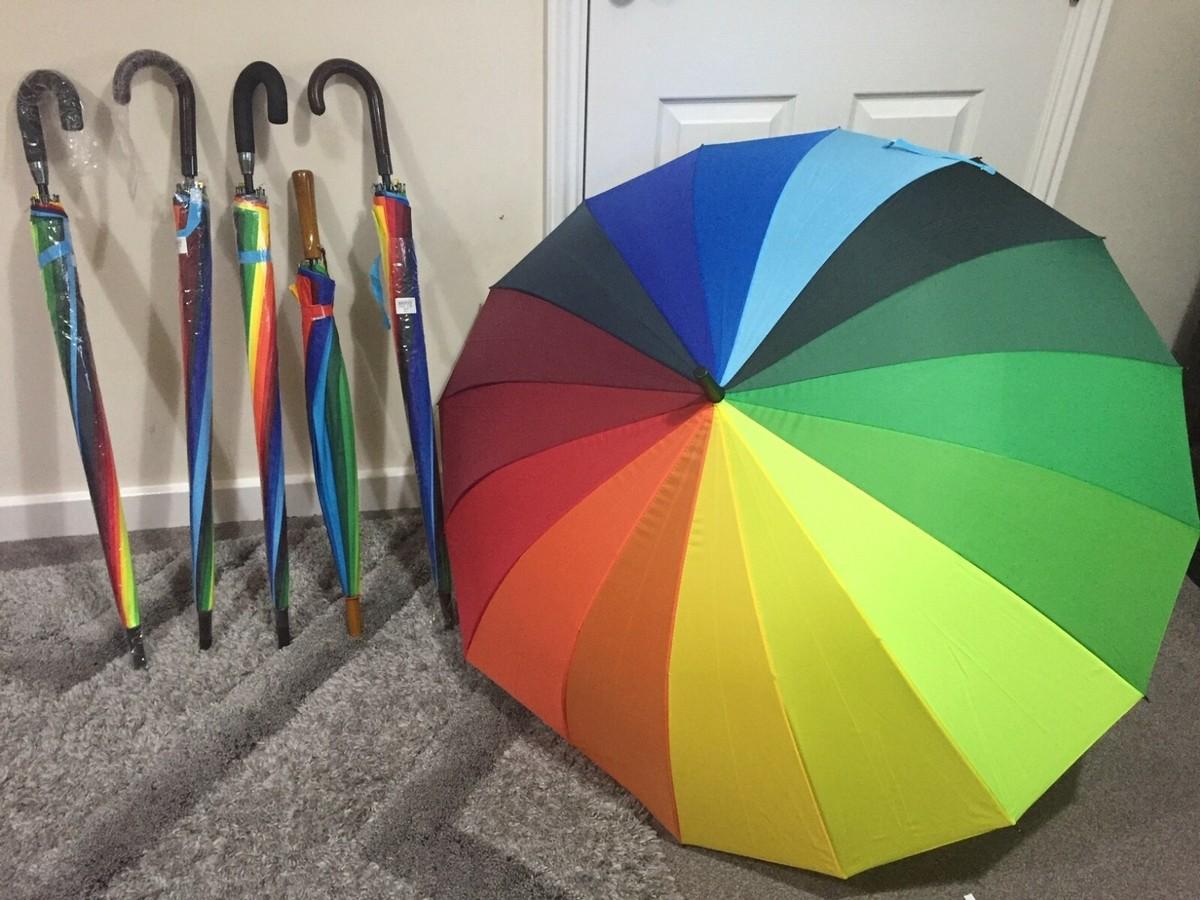Getting your child ready for the rainy season often feels like an adventure. Between raincoats, boots, and backpacks, an umbrella might seem like a small detail, but it can make a big difference. A well-chosen umbrella not only keeps your child dry but also helps them feel confident and independent, even on the stormiest days. The challenge? Finding one that’s safe, sturdy, and fun enough for them to actually use.
Whether it’s for school mornings or weekend outings, choosing the right umbrella means balancing design, size, and durability, all while keeping safety in mind. Let’s walk through some practical tips to help you make a smart choice for your little one.
Start with the Right Size and Weight
One of the biggest mistakes parents make is picking an umbrella that’s too large or heavy for their child. Sure, it may offer more coverage, but if it’s cumbersome to carry, kids won’t enjoy using it.
Look for models designed specifically for children, as they typically have shorter handles and lightweight canopies. An umbrella that’s around 25 to 30 inches in diameter is usually ideal for school-age kids. Anything larger might overwhelm them, especially during windy weather.
Pay Attention to Safety Features
When it comes to children, safety should always come before style. The right umbrella should be easy to handle and designed to prevent accidents. Here are a few important things to look for:
-
Rounded tips and covered edges: Avoid umbrellas with exposed metal points that can poke or scratch. Rounded plastic or rubberized tips make them much safer.
-
Pinch-free open/close mechanism: Choose one with a spring-assisted or automatic system that protects little fingers from getting caught.
-
Soft or rubber handles: Comfortable grips are easier for small hands to hold, reducing the chance of slipping during rain or wind.
-
Reflective strips or panels: These make your child more visible to drivers during cloudy or low-light conditions, especially in the early morning or evening.
-
Lightweight frame: A lighter umbrella reduces the risk of your child dropping or losing control of it in strong winds.
Safety doesn’t have to be boring. When your child feels confident carrying an umbrella that’s both fun and protective, rainy days become a lot less stressful for everyone.
Durability Matters More Than You Think
Kids aren’t always gentle with their belongings and umbrellas included. That’s why choosing a sturdy frame is key. Fiberglass or flexible steel ribs are less likely to bend or break when the wind picks up.
Many parents mistakenly buy cheap umbrellas that last only a few uses. Instead, consider investing in something designed to handle stronger gusts similar to how a golf umbrella is built for durability.
Don’t Overlook Material and Fabric Quality
The canopy fabric can affect how well the umbrella performs in both rain and sunlight. Look for water-repellent materials like pongee or polyester that dry quickly and resist tearing. Some higher-quality umbrellas also include UV protection, which is perfect for sunny walks to school.
Think of it this way: a lightweight golf umbrella might use the same premium fabric to ensure maximum water resistance. When scaled down to a child’s size, that quality translates into better coverage and fewer soggy mornings.
Fun Designs Keep Kids Excited to Use It
Children love accessories that match their personalities. An umbrella with vibrant prints, cartoon characters, or colorful patterns can turn rainy days into something to look forward to. A thoughtfully designed kids’ umbrella can even make them eager to head out the door, no matter the weather. When shopping, involve your child in the decision-making process. Let them choose from a few parent-approved options—this gives them a sense of ownership and increases the chances they’ll actually use their new gear.
After all, no matter how practical an umbrella is, if your child doesn’t love the way it looks, it’ll stay forgotten in a backpack.
What to Look for Before Buying
With countless designs and price ranges, narrowing down options can feel overwhelming. To simplify things, focus on a few essentials:
-
Check canopy size: Make sure it fully covers your child’s head and shoulders without being too large.
-
Inspect the handle: Rounded or soft-grip handles are easier for little hands to hold.
-
Test the open/close function: Smooth, pinch-free buttons prevent frustration.
-
Evaluate the ribs: Durable, flexible materials handle windy days better.
-
Consider design appeal: Kids are more likely to use an umbrella they find fun.
This quick checklist helps you strike the perfect balance between safety, comfort, and design—without overcomplicating the decision.
Fun Designs Keep Kids Excited to Use It
Children love accessories that match their personalities, and that includes their rain gear. A well-designed kids’ umbrella with bright colors, cartoon characters, or creative patterns can instantly make rainy days more enjoyable. When shopping, it helps to involve your child in choosing the design, letting them pick from a few parent-approved options gives them a sense of independence and makes them more likely to use it. Beyond just the look, a visually appealing umbrella can also make it easier to spot in crowded schoolyards or rainy streets. Because at the end of the day, no matter how durable or practical an umbrella is, if your child doesn’t love its appearance, it’ll likely end up forgotten in their backpack.
When It Rains, Confidence Shines
Choosing the right umbrella for your child may take a little extra thought, but it’s worth it. A reliable, well-made umbrella means fewer wet clothes, fewer complaints, and more cheerful walks to school. Plus, when children enjoy using their umbrella, rainy days feel like less of a hassle. If you’re looking for quality and style in one, consider exploring a Weatherman umbrella a brand known for combining durability with design. It’s a subtle way to ensure your family stays dry, prepared, and stylish, no matter what the weather brings.



